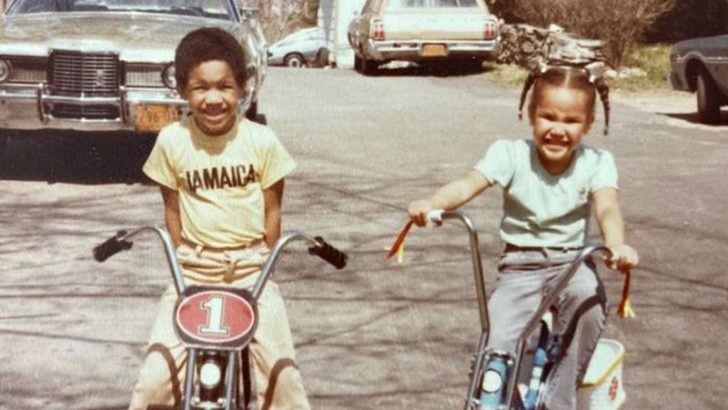The 1980s, a decade of bold fashion, iconic music, and, notably, an era of carefree childhood freedoms that seem almost alien today. With fewer restrictions and less oversight, children of the ’80s enjoyed liberties that would now raise eyebrows and potentially even lead to legal consequences for parents. The juxtaposition of then and now highlights not only how parenting has evolved but also how societal norms and safety regulations have dramatically shifted. From biking helmet-free to drinking from garden hoses, these activities paint a nostalgic picture of an unbridled youth, underscored by a contemporary understanding of safety and responsibility.
1. Riding in the Back of Pickup Trucks

Zooming down the road in the back of a pickup truck, hair whipping wildly in the breeze, was the epitome of youthful adventure in the ’80s. Kids relished this experience, feeling invincible as they watched the world rush by. This carefree activity is a nostalgic memory for many. However, modern safety standards and legal regulations have since made this a frowned-upon practice. The risk of sudden stops or accidents highlights the dangers that were once overlooked. Today, parents opting for such thrills would face serious legal repercussions, reflecting a shift towards prioritizing child safety.
2. Unsupervised Outdoor Play
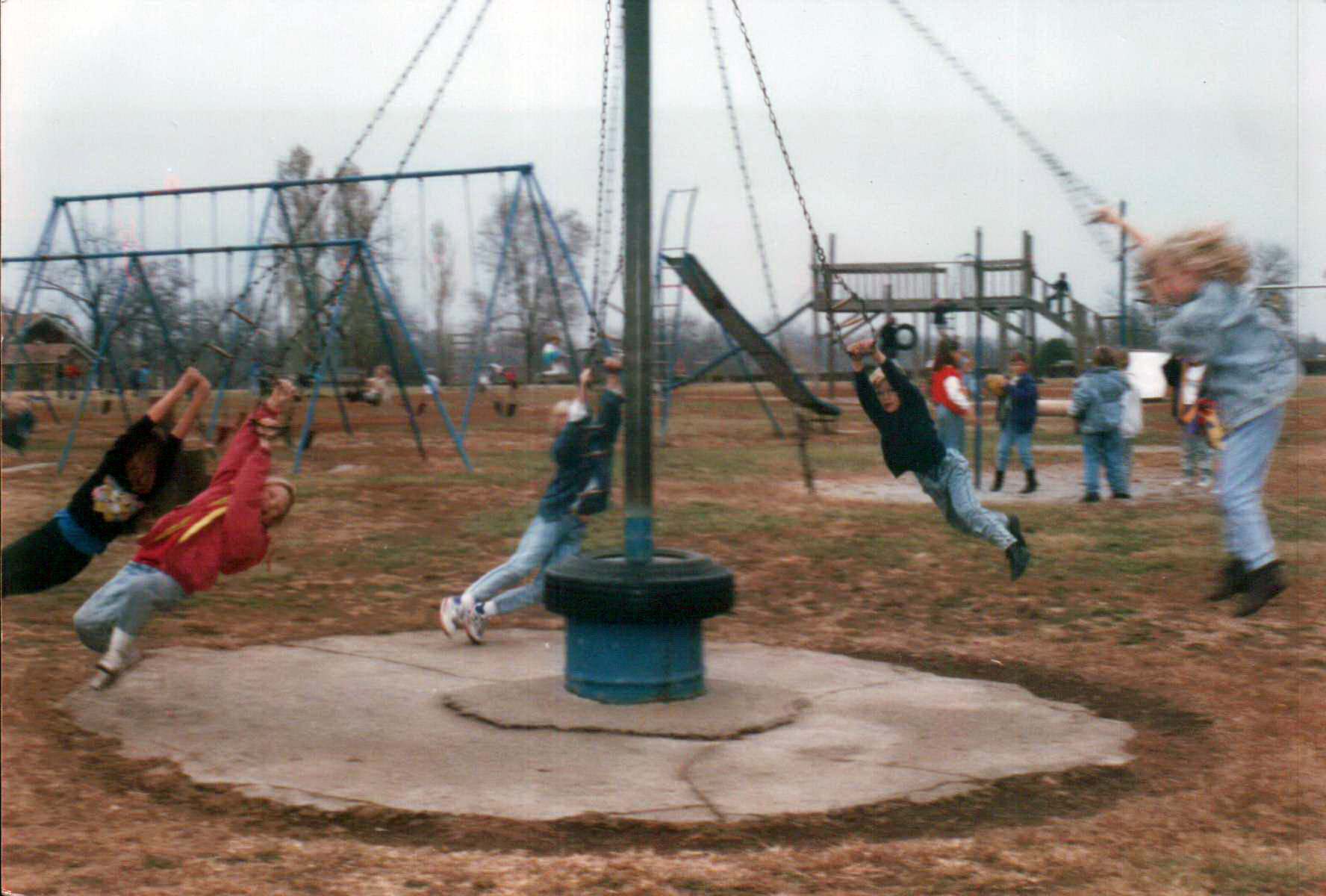
Back in the ’80s, children roamed freely, their playground extending from backyards to neighborhood woods. This unsupervised exploration fostered independence and curiosity. Parents had faith in their children’s ability to handle themselves, a stark contrast to today’s vigilant supervision. The sense of adventure was palpable, with kids creating imaginary worlds and testing boundaries. This freedom, however, has been curbed by contemporary concerns over safety and stranger danger. Modern parenting emphasizes close monitoring to protect children from potential threats, reflecting significant changes in societal attitudes towards child safety and wellbeing.
3. Smoking Indoors Around Children

The sight of parents puffing away indoors, enveloped in clouds of smoke, with children in close proximity, was once commonplace. In the ’80s, this practice went largely unquestioned, despite the health risks it posed. Children were inadvertently exposed to secondhand smoke, a hazard that today is widely recognized. Modern health awareness and regulations have made indoor smoking around minors a taboo, with laws protecting children from such exposure. The shift from acceptance to prohibition highlights the growing emphasis on creating a healthier, safer environment for the younger generation.
4. Leaving Kids Home Alone
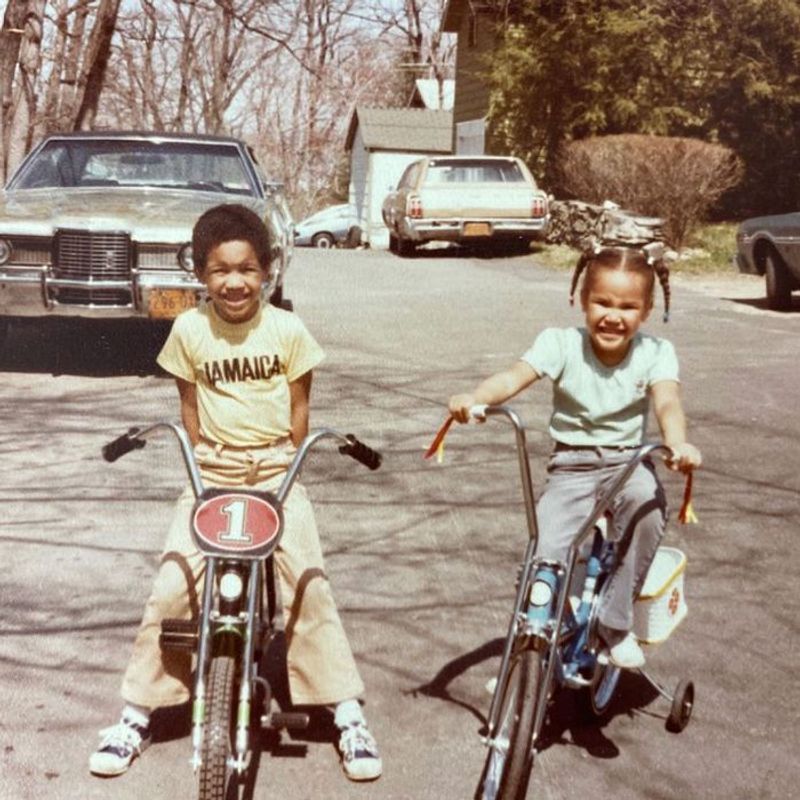
Being left home alone was more than a practical necessity in the ’80s; it was a rite of passage. Kids embraced the opportunity to prove their maturity, even if it meant the occasional mishap. Parents trusted their children to manage themselves responsibly in their absence. This freedom fostered self-reliance and independence. However, modern perspectives on child safety have redefined this practice. Laws and societal attitudes today often view unsupervised children as a potential sign of neglect, reflecting a move towards heightened protection and oversight to ensure child welfare.
5. Unrestricted TV Watching

In the ’80s, the glowing TV screen was a portal to endless entertainment, with children often spending hours unsupervised in front of it. Without the barriers of parental controls, they consumed a variety of content, some of which might raise eyebrows today. This unrestricted access was a staple of the era, reflecting a time when media consumption wasn’t as scrutinized. Nowadays, parents employ strict controls to filter what children watch, aiming to shield them from inappropriate content. This evolution underscores a growing awareness of media’s influence on young minds.
6. Using Physical Discipline
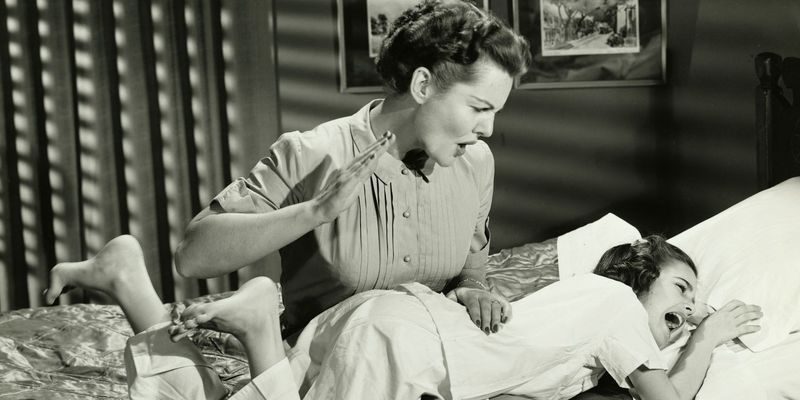
In the ’80s, physical discipline was viewed by many as a necessary tool for maintaining order. Parents believed a firm hand would instill respect and discipline in their children. Corporal punishment, including spanking, was widely accepted and practiced. However, societal attitudes have shifted dramatically. Today, such methods are often seen as harmful and counterproductive, with a growing emphasis on non-violent disciplinary techniques. Modern parenting prioritizes understanding and communication, advocating for methods that foster emotional development rather than fear, marking a significant cultural transition in child-rearing practices.
7. Riding Bikes Without Helmets

Pedaling through the neighborhood streets, wind tousling their hair, kids of the ’80s rarely thought twice about helmets. Biking was synonymous with freedom, the absence of helmets only adding to the thrill. This casual approach reflected a different era of awareness about safety. Over time, however, the understanding of head injury risks has promoted stricter safety measures. Helmet laws have become the norm, underscoring a commitment to protecting young cyclists. The transition from carefree cruising to conscientious riding highlights a broader cultural shift towards proactive safety standards.
8. Playing with Lawn Darts
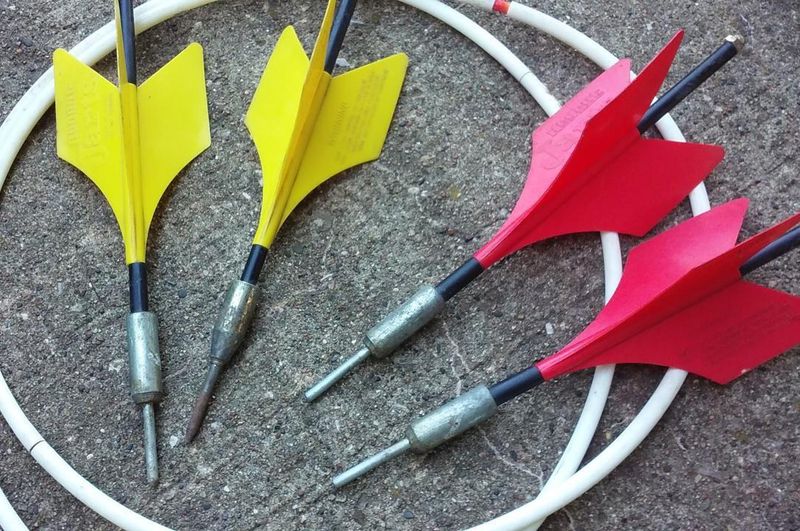
Lawn darts, with their sharp metal tips, were a beloved game for many ’80s kids, despite the inherent danger. This outdoor activity was a staple of backyard gatherings, embodying the era’s lack of stringent safety regulations. The excitement and challenge drew families together, even as accidents were not uncommon. The eventual ban in 1988 marked a turning point in safety awareness. The game’s transition from popular leisure activity to prohibited hazard reflects broader changes in attitudes towards child safety, highlighting the growing emphasis on protective measures for recreational activities.
9. Unsupervised Trick-or-Treating

Halloween in the ’80s often saw children wandering neighborhoods without chaperones, their pillowcases bulging with candy collected door-to-door. It was an adventure steeped in anticipation and thrill, as kids navigated the night with friends. This unsupervised revelry is now largely replaced by parental oversight, driven by concerns over safety and urban legends. The shift towards more structured Halloween experiences reflects a broader societal focus on child protection. The move from unrestrained exploration to cautious celebration underscores evolving parental approaches to ensuring safe environments for festive occasions.
10. Drinking from the Garden Hose

On hot summer days, a drink straight from the garden hose was an uncomplicated pleasure for ’80s kids. The cold water offered instant refreshment during endless outdoor play. This seemingly innocent act carried with it a sense of adventure and simplicity. Yet, modern awareness of potential contaminants has cast doubt on this practice. Concerns over health risks have led many parents to discourage it, opting instead for safer hydration options. The nostalgia of hose water refreshment is a reminder of a time when parental oversight on such matters was less pronounced.
11. Fireworks in the Backyard

Setting off fireworks in the backyard was a dazzling tradition for many families in the ’80s. The colorful explosions lit up the night sky, creating memories of excitement and wonder. Families gathered to share in the spectacle, often with minimal precautions. However, the risks associated with handling fireworks have led to stricter regulations and a shift towards public displays. Concerns over safety and legal implications have curtailed this once-common practice. The move from backyard bonanzas to controlled environments reflects a growing awareness of the importance of safety in celebratory activities.
12. No Seatbelts in Cars
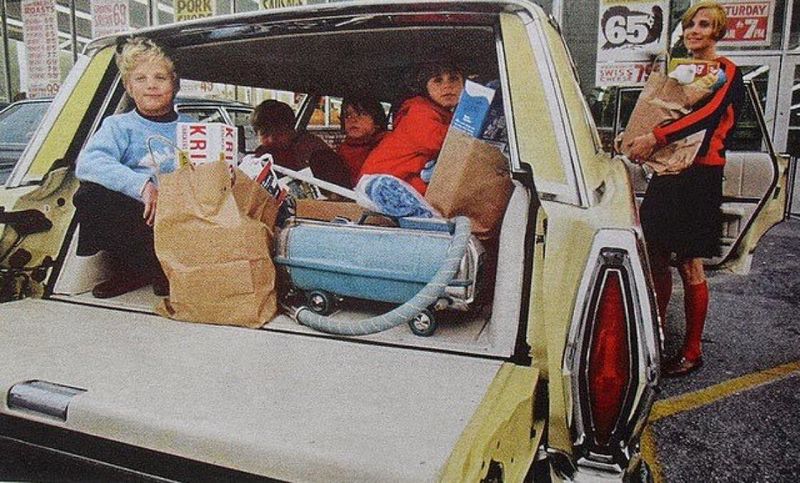
In the ’80s, the absence of seatbelts was a common sight in family cars, reflecting the era’s more relaxed safety standards. Children often roamed freely in the backseat, unfettered by restraints. This casual approach to car safety has since been replaced by stringent laws mandating seatbelt use. Awareness of the lifesaving potential of seatbelts has driven significant changes in both law and culture. Today, the idea of traveling without a seatbelt is unthinkable for most, highlighting a broader evolution towards prioritizing safety and preventing injuries in everyday travel.
13. Playing in Construction Sites

For some adventurous ’80s kids, construction sites were seen as ultimate playgrounds, filled with potential for exploration and discovery. These sites provided an exciting, albeit dangerous, backdrop for imaginative play. The thrill of climbing and exploring new structures was unmatched. However, the dangers were significant, from unstable structures to sharp tools. Nowadays, such locations are off-limits, with strict regulations and safety warnings in place. The transition from makeshift playgrounds to protected zones underscores a growing focus on safety and the prevention of accidents during childhood exploration.
14. Chemistry Sets with Real Chemicals

Chemistry sets in the ’80s were a gateway to scientific curiosity, often containing real, potentially hazardous chemicals. These kits encouraged hands-on learning and experimentation, sparking interest in the sciences. However, the lack of strict safety guidelines meant accidents were a risk. Over time, awareness of the potential dangers led to the development of safer, more regulated sets. Today’s chemistry kits focus on safety and education, designed to inspire without the risk of harm. This evolution reflects a broader shift towards balancing curiosity and safety in educational tools for children.

Well, hello there!
My name is Jennifer. Besides being an orthodontist, I am a mother to 3 playful boys. In this motherhood journey, I can say I will never know everything. That’s why I always strive to read a lot, and that’s why I started writing about all the smithereens I came across so that you can have everything in one place! Enjoy and stay positive; you’ve got this!

